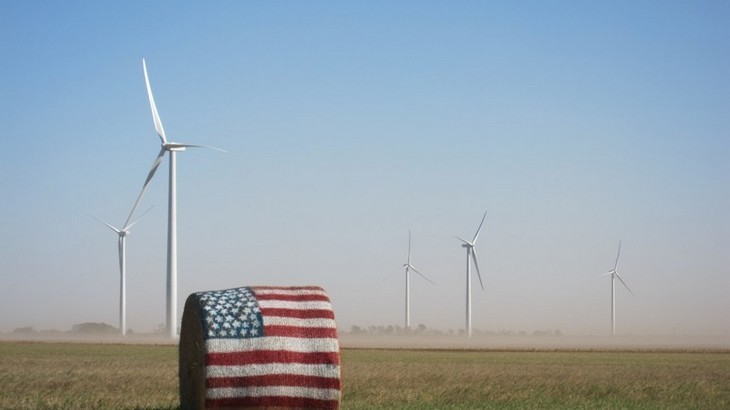
The share of U.S. energy coming from renewable sources like wind farms and hydroelectric dams fell off in 2018, the U.S. Energy Information Administration (EIA) reported on Monday.
The drop came with a sudden increase in oil consumption, which had been falling off steadily over the past decade as vehicle engines have gotten more efficient. Natural gas consumption also gained, keeping with a decade-long trend.
The twin gains were enough to offset the continued construction of wind turbines and solar installations across much of the United States. Last year 11.4 percent of the U.S. supply came from renewables, down slightly from 2017.
The data matches with estimates that U.S. carbon emissions rose last year, breaking with a years long trend of declining emissions as coal power plants steadily close in favor of natural gas, wind and solar energy.
Coal consumption continued to decline in 2018, down more than 4 percent from 2017.
“U.S. consumption of coal peaked in 2005 and has declined nearly 42% since then. U.S. coal consumption fell to 687 million short tons in 2018, the lowest level of coal consumption in the United States since the 1970s,” the report read.
